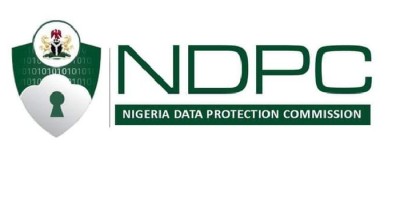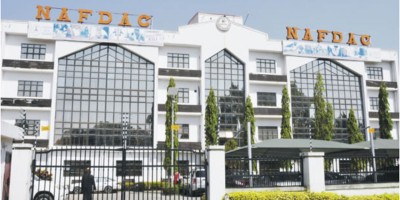Way Out Of Recession Series: Rethinking Infrastructure Development
Posted on Tue 21 Feb 2017
- Download Resource
-
SOVEREIGN WEALTH & PENSION FUNDS
The Nigeria’s $1.25 billion sovereign wealth fund (“SWF”), managed by the Nigeria Sovereign Investment Authority (“NSIA”), has three components one of which is “Nigeria Infrastructure Fund” with $500 million of seed capital. The NSIA is forming strategic partnerships with private sector players to raise funds for the financing of critical national infrastructure.
In January 2017, the NSIA finalized its partnership with GuarantCo for the establishment of an Infrastructure Credit Enhancement Facility in Nigeria (“InfraCredit”). GuarantCo is a development finance fund with focus on strategies for mobilizing patient capital from the private sector through the domestic capital market for the financing of domestic infrastructure projects in low and medium income countries. The purpose of the InfraCredit is to provide guarantee for enhancement of the credit quality of local currency debt instruments issued by governments and corporates, for the financing of critical and creditworthy infrastructure projects. This will provide some comfort to, and attract the interest of, major capital pools with high risk-aversion such as pension fund assets, insurance companies and SWFs.
The Nigeria’s nascent but growing pension fund also provides another veritable source for infrastructure financing. As at the end of Q4 2016, pension assets under management reached circa 6 trillion Naira. According to sector analysts, about 15% of this huge pension funds is currently invested in debt instruments while a total of about 70% is held in the FGN bonds and treasury bills.
In Nigeria, investment of pension fund assets is regulated by the National Pension Commission (“PenCom”) in accordance with the provisions of Part XII (S. 85-91) of the Pension Reform Act (PRA) 2014. Further to the aforementioned provisions, pension fund may be invested in Bonds (infrastructure bond) issued or guaranteed by the FGN or the CBN, as well as Bonds issued by the States and Local Governments. Under its Regulation on Investment of Pension Fund Assets (“RIPFA”), 2012, PenCom currently allows Pension Fund Administrators (“PFAs”) to invest a maximum of 20% of pension assets under management in Infrastructure Bonds and bonds issued by Governments and supra-national bodies; which are rated BBB by a recognized or registered Rating Company. In recent times, PenCom has issued circulars to include some State Governments’ development bonds in the class of investible instruments in the pension industry.
Also, in February 2015, PenCom made efforts to enlarge the framework for investing pension funds in infrastructure by issuing a Draft RIPFA which is yet to be finalized. In Paragraph 4 of the 2015 Draft RIPFA, pension funds can be invested in Bonds issued by the FG and CBN or special purpose vehicles (SPVs) created by them and supported by guarantee given by either of the two, as well as Bonds issued by States and Local Governments or their agencies fully guaranteed by Irrevocable Standing Payments Orders (ISPOs) or external guarantees provided by banks, development finance institutions or Multilateral Development Finance Organizations (“MDFOs”). Infrastructure Bonds or Sukuks are specifically listed as allowable instruments under paragraph 4.3 while Infrastructure Funds registered with the Securities and Exchange Commission (SEC) and Supranational Bonds and Sukuks by eligible MDFOs are allowable instruments respectively under paragraphs 4.7 and 4.8 of the draft RIPFA.
There is an urgent need for the government, going forward, to further provide safe and seamless mechanisms for unleashing more of this patient private-sector capital, in the financing of projects-specific infrastructure bonds. It is therefore expected that PenCom will waste no further time in finalizing its 2015 Draft RIPFA, as a first step in this direction.













